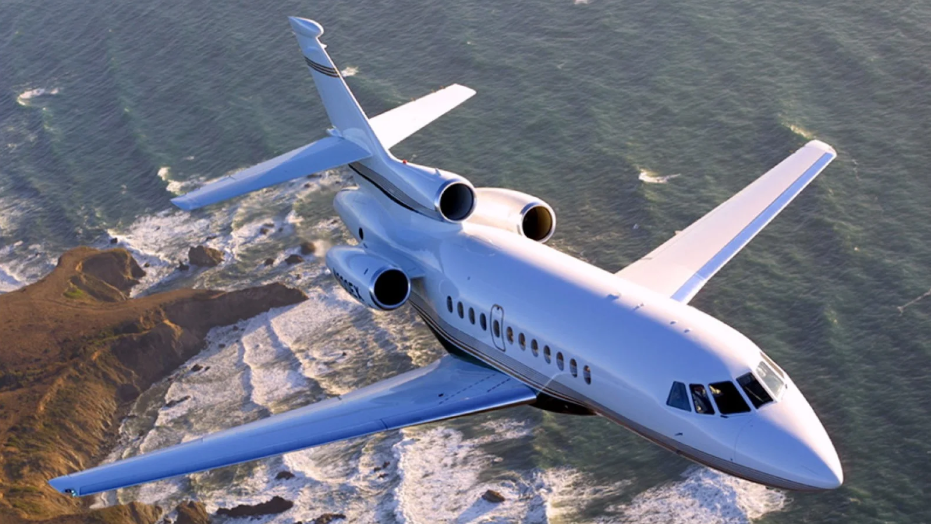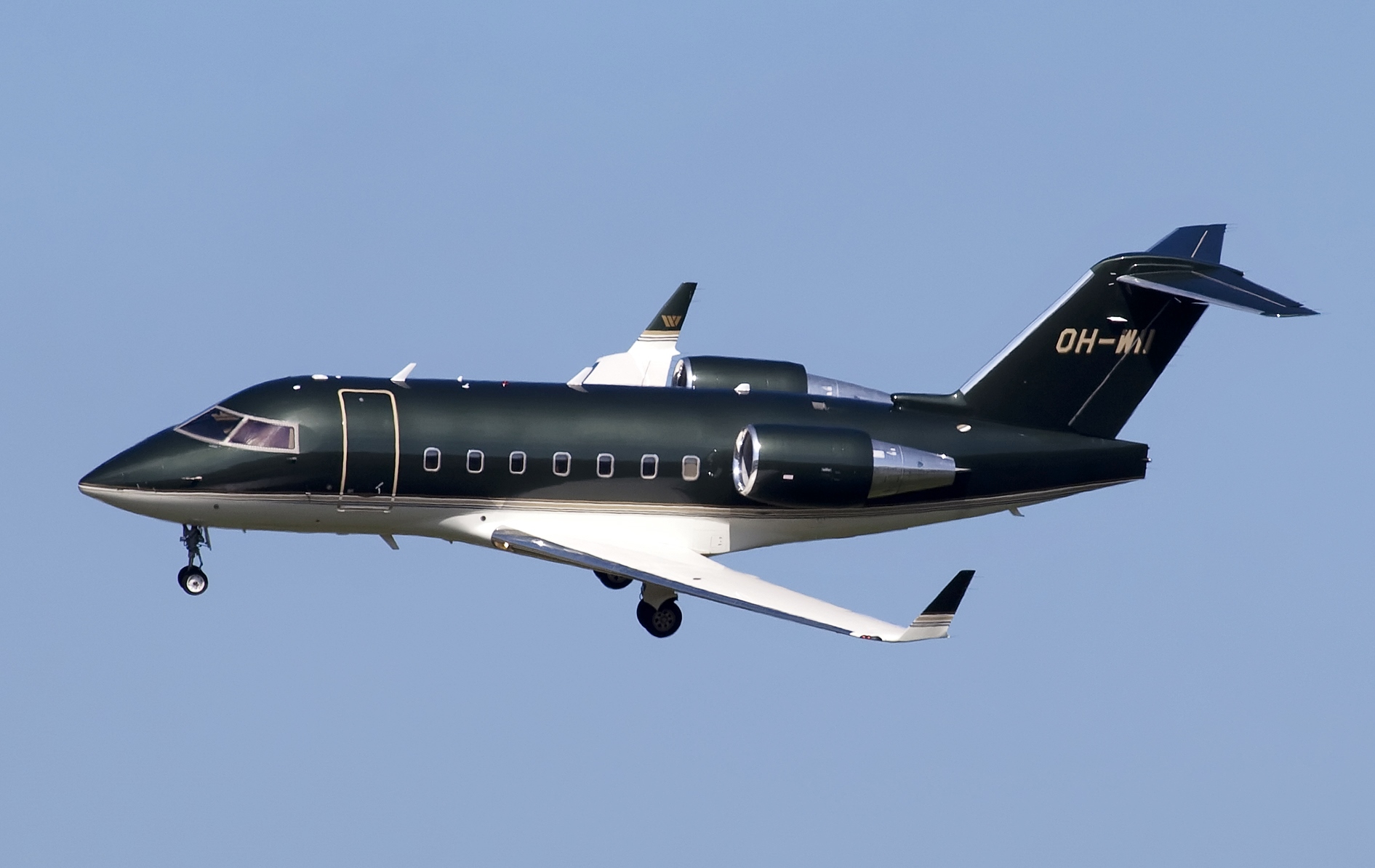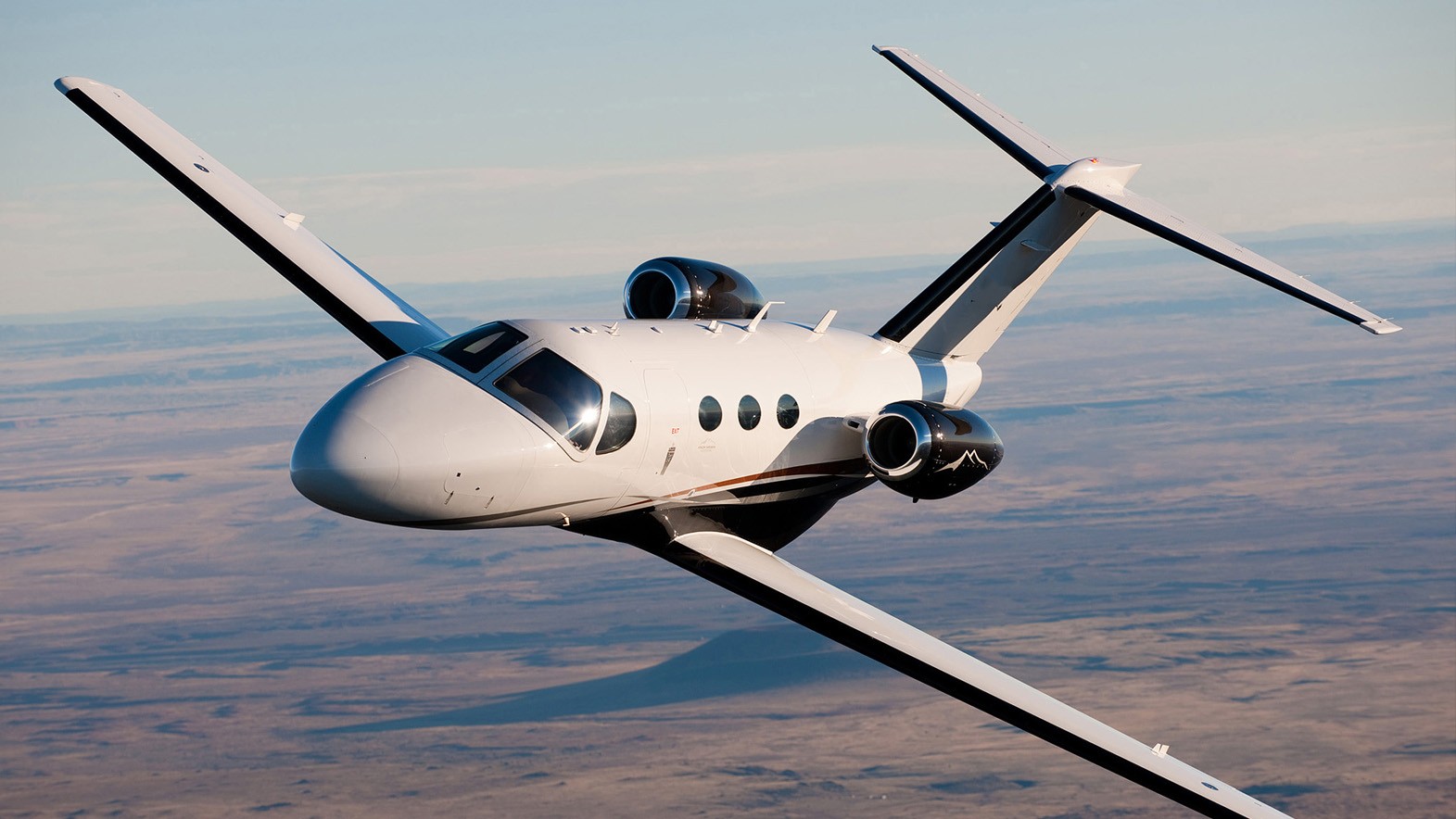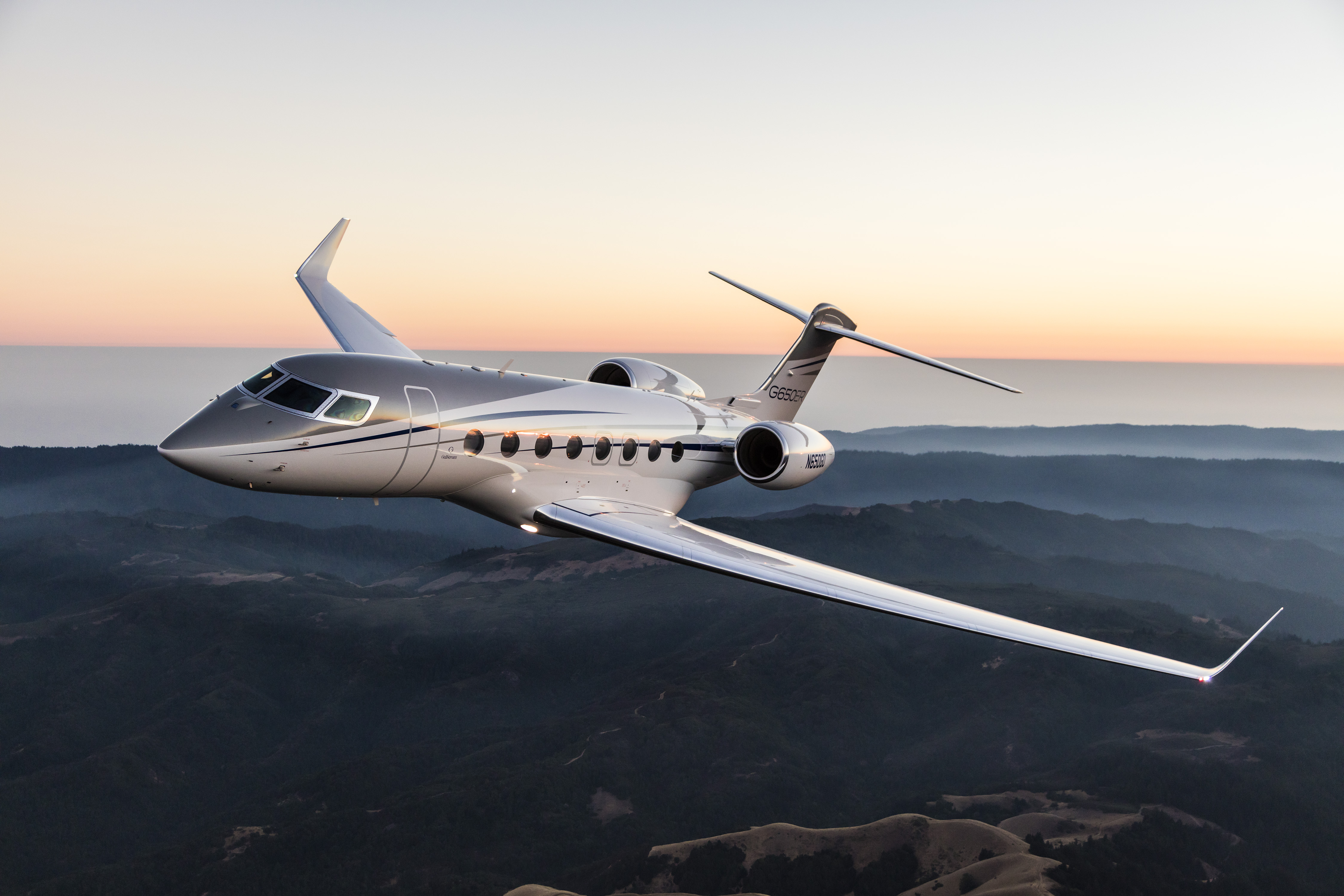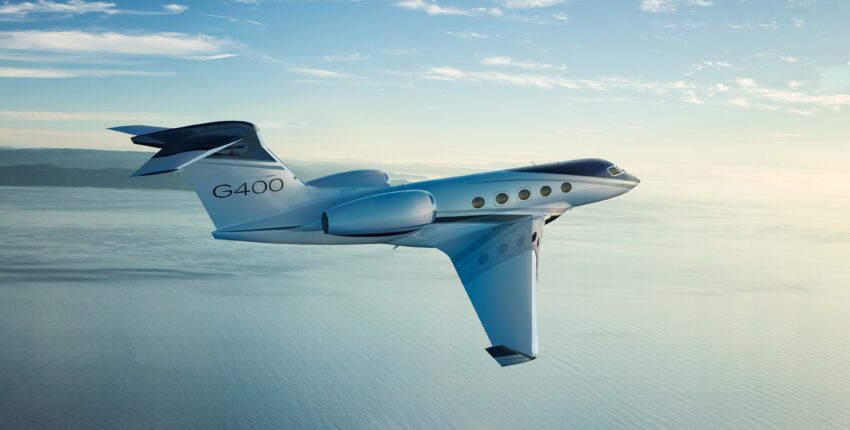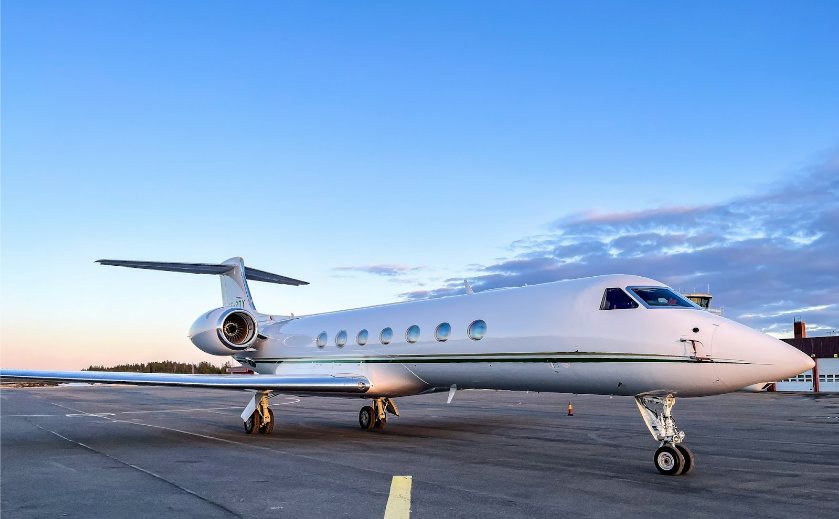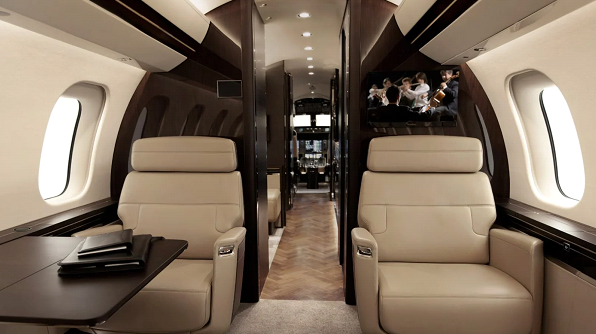A Review of the Airbus H125 : Luxurious and practical?
8 min read
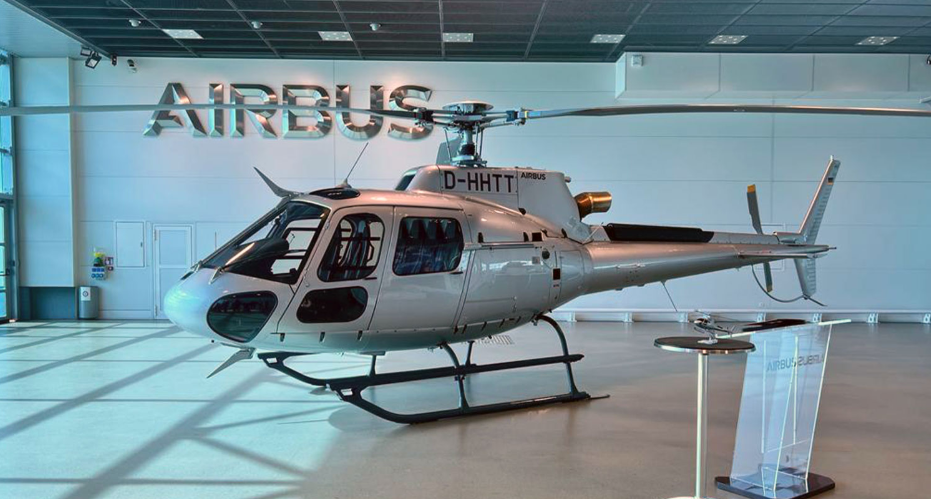
The Airbus H125 is one of those rare aircraft that manages to strike a balance between brute performance and everyday practicality.
Known across continents, industries, and conditions, the H125, formerly the AS350 Écureuil, is widely respected as a rugged, capable, and surprisingly flexible single-engine helicopter. From scenic tour operators in Hawaii to emergency medical crews in the Alps, it’s a go-to solution.
In this article, we’ll break down what makes the H125 such a favorite, what you can expect from a cost and capability standpoint, and whether it's the right choice depending on your use case.
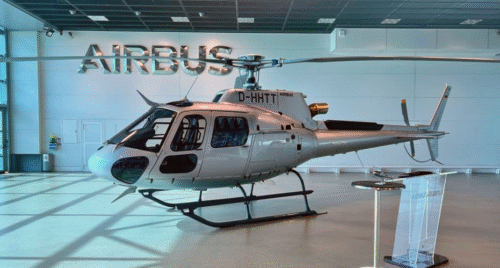
Background and Historical Context
Before it was the H125, this helicopter flew under the Eurocopter AS350 banner, part of the Écureuil (French for “squirrel”) family.
First taking flight in 1974, the AS350 gained a solid foothold due to its lightweight design, impressive altitude performance, and relatively simple mechanics. In 2014, when Eurocopter rebranded to Airbus Helicopters, the model was renamed the H125—although the DNA remains the same.
The very first U.S.-assembled H125 rolled out in 2015. Since then, more than 2,600 units have been delivered to customers in over 130 countries. Its popularity is a direct result of its adaptability, easy maintenance, and reliable performance in a wide range of missions.
Performance and Capabilities
Here’s the thing about the Airbus H125; it doesn’t just look good on paper, it actually delivers where it matters: out in the field, at altitude, in the heat, with a full load.
It runs on a Safran Arriel 2D engine that kicks out 952 shaft horsepower, which is a lot for a single-engine bird this size. You feel that power most when you're lifting off from tight spots or climbing up fast at elevation.
It’s not sluggish. It’s sharp, responsive, and has enough grunt to get you out of sticky situations.
But what really sets the H125 apart isn’t just power, it’s how it handles tough environments. This thing doesn’t complain when the air gets thin. With a certified ceiling of 23,000 feet, it’s got legit high-altitude chops.
And that’s not just some arbitrary number on a spec sheet; it actually landed and took off on Mount Everest. That’s still the world record. That kind of tells you everything you need to know.
So if you're flying missions in the Rockies, Andes, or Himalayas, the H125 isn’t just an option; it’s a weapon.
When it comes to speed and range, it holds its own. You’ll cruise at around 136 knots (252 km/h), and on a full tank, you can stretch it out to about 341 nautical miles, or a little over 600 kilometers. It gives you about 4.5 hours of endurance, which is solid for a single-engine platform.
Here’s a breakdown of the basics:
Cruise Speed: 252 km/h (136 knots) Max Range: 630 km (341 nm) Endurance: 4.45 hours Fuel Capacity: 425 kg Fuel Burn: Around 96 kg/hour (~120 L/h) In practice, what that means is you can load up, do a few stops or get your mission done, and get back without worrying too much about fuel, unless you’re running flat-out all day. For things like utility work, surveillance, or shuttle missions, it’s more than enough.
Cabin Design and Layout
One of the things you start to appreciate after working with or riding in a few helicopters is how rare it is to find one that’s actually flexible inside.
A lot of cabins are built with one job in mind and barely let you tweak anything without calling in a maintenance crew. The H125 doesn’t have that problem. It’s not just versatile; it’s meant to be changed up, depending on what you’re using it for.
In its most common setup, it’s one pilot and five passengers. That works well for general utility flights or moving teams around.
If you’re doing sightseeing tours, you can squeeze in six passengers, but yeah, it’s tight. Don’t expect business-class elbow room, but it works, and every seat has a good view thanks to the big windows and low-slung cabin. That’s why tourism operators love it—it gives that “everyone gets a window seat” vibe, even if you’re packed in.
Now, if you’re flying VIPs or corporate passengers, there’s a more refined option, 1 pilot and 4 passengers, all forward-facing with better legroom and upgraded interiors if you want to go full luxury.
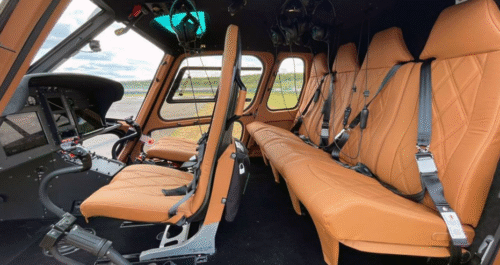
It’s not flashy like a twin-engine VIP setup, but for short hops or regional transfers, it does the job comfortably and professionally.
Then there’s the EMS version, which is a different beast altogether. The cabin can be set up with medical kits, monitors, oxygen systems, and a stretcher without much hassle. You’re not fighting the space to make it work. The layout is efficient, and everything is within arm’s reach; which is exactly what you want when someone’s life is on the line mid-flight.
In terms of actual space, the cabin gives you about 3 cubic meters to work with, not counting the cockpit. That may not sound huge, but in helicopter terms, especially for a single-engine, it’s generous. It’s enough to get creative. You can load gear, cameras, medical kits, even tools for field work, and still have decent room to move.
The real win here isn’t just the space—it’s how easy it is to switch things up. Operators who need to bounce between missions (say, doing sightseeing one week and power line inspections the next) can reconfigure quickly. You’re not spending a day in the hangar trying to rip out seats or bolt in custom hardware. It’s designed with modularity in mind.
Bottom line: whether you’re hauling tourists, VIPs, cargo, or patients, the H125 gives you a cabin that’s big enough to be useful, simple enough to adapt, and smart enough not to get in your way.
Flight Deck and Features
When it comes to cockpit tech, the H125 isn’t just modern; it’s practical. Pilots get access to a Garmin G500H TXi glass cockpit with a touchscreen interface, alongside Airbus’ Vehicle and Engine Multifunction Display (VEMD). These systems provide real-time engine and airframe metrics, making operations safer and smoother.
Feature Highlights:
Crash-Resistant Fuel System (complies with Part 27.952) Garmin G500H TXi Glass Cockpit Low-Vibration Rotor System Wireless Flight Data Transmission Excellent Visibility for pilots and passengers alike These features make the H125 suitable for demanding missions like aerial filming, search and rescue, or nighttime flights where situational awareness and system reliability are crucial.
Operating Costs and Maintenance
No helicopter is cheap to run, but some make the pain easier to bear. The H125 sits on the affordable end of the spectrum in its class.
Estimated Costs:
Operating Cost: ~$627 per hour Per Nautical Mile: ~$4.61 Per Seat per Nautical Mile: ~$0.77 Maintenance support comes via Airbus’ HCare program and Safran’s SBH (Support by the Hour) service. With a 5,000-hour time between overhauls (TBO) on the engine, the H125 is designed for longevity and minimal downtime.
Pilot Requirements
The H125 is certified for single-pilot operation under visual flight rules (VFR), making it an excellent choice for private owners or commercial operators with lean crew setups. That said, for instrument flight rules (IFR) or night operations, regulatory requirements may mandate a second pilot depending on the jurisdiction.
Its responsive handling, stable hover, and intuitive controls make it a joy to fly, especially for seasoned rotorcraft pilots who want power without complexity.
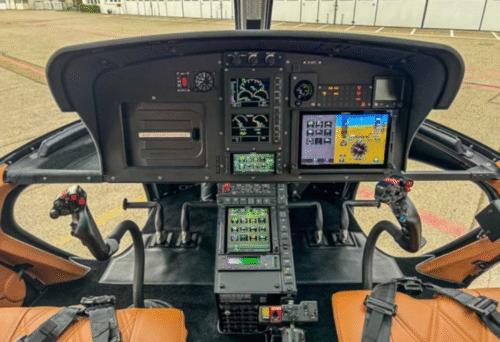
Main Competitors
If you're looking at single-engine helicopters in the $3 to $4 million range, the Airbus H125 usually ends up on the same shortlist as the Bell 407GXi and the Leonardo AW119Kx. Each one has its own strengths, but the H125 tends to strike the best overall balance for most operators.
The Bell 407GXi is probably the H125’s closest rival. It’s priced nearly the same and offers similar performance numbers, though it comes with Garmin’s G1000H NXi avionics suite, which some pilots prefer for its integration and display.
Then there’s the Leonardo AW119Kx. It offers a bit more in terms of seating capacity and range, and it leans more toward the high-end utility or VIP market. But it’s also noticeably more expensive and tends to be a heavier machine with more involved maintenance and logistics, especially outside of North America or Europe.
So while the others have their perks; more range here, fancier avionics there; the H125 stands out for offering rugged performance, real-world flexibility, and lower overall operating hassle. It’s the one you’ll most likely be able to adapt, fly, and service without jumping through hoops, which is a huge deal when uptime and cost efficiency matter.
The Verdict: Is the H125 Worth It?
Why You Should Consider It:
- Excellent power-to-weight ratio
- High-altitude capability
- Flexible cabin configurations
- Competitive pricing and operating costs
- Global support and long service history
- Single engine may limit use in overwater or IFR-heavy regions
- Basic avionics compared to competitors' G1000 suites
- Additional mission equipment adds cost quickly
Final Thoughts
The Airbus H125 stands out in the single-engine category for a few clear reasons; strong performance in high-altitude and hot conditions, flexible cabin configurations, and relatively manageable operating costs.That said, if you prioritize advanced avionics or twin-engine redundancy, other models might serve you better. But if what you need is a capable, adaptable helicopter that can handle tough jobs and a mix of missions without unnecessary complexity, the H125 makes a compelling case.
It’s not the flashiest machine out there, but it works, and in aviation, that’s often what matters most.
